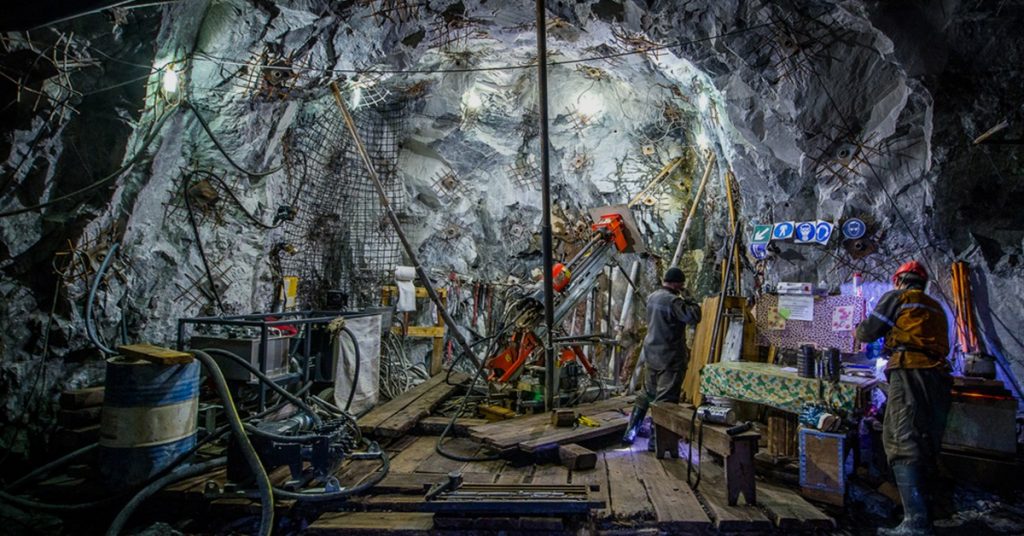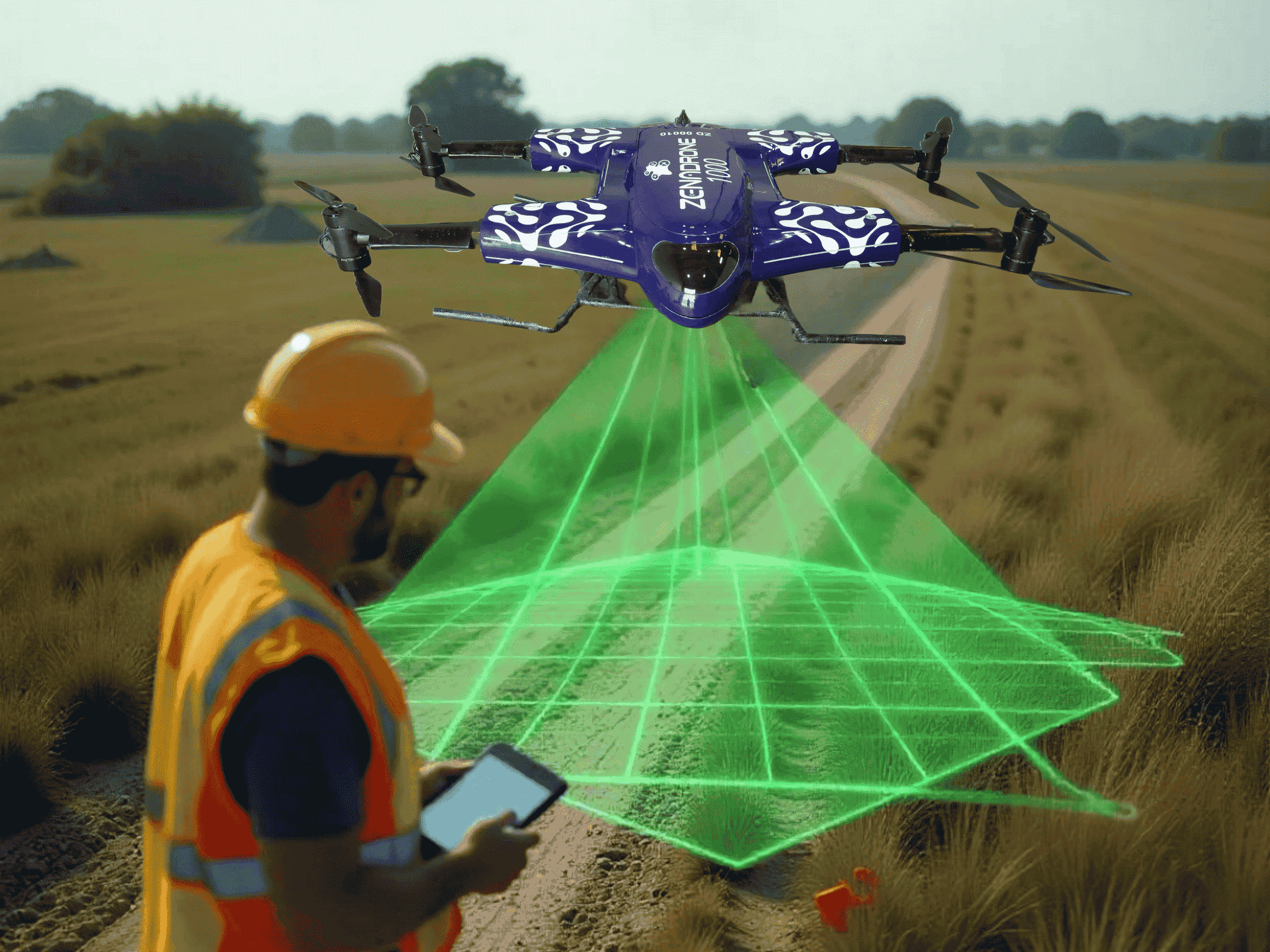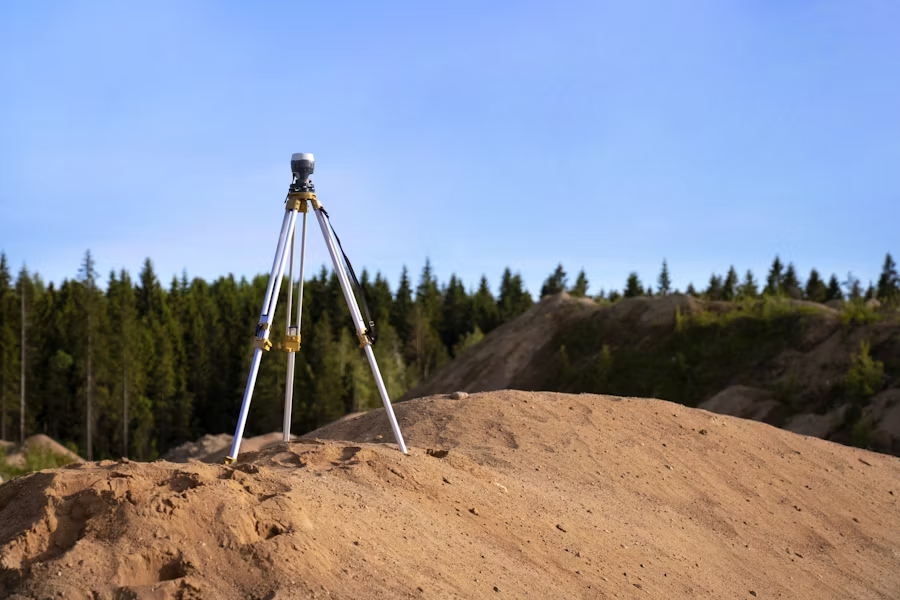Using Drones for Efficient and Cost-Effective Mining

How Drones Contribute to Mining Exploration
Mining exploration is a crucial component of the mining process, as it enables mining companies to locate and assess the quality and quantity of mineral deposits. Traditionally, mining companies have relied on ground-based exploration methods, such as drilling and excavation, which can be costly and time-consuming. Drones offer a faster, safer, and more cost-effective alternative for mining exploration
Advantages of Using Drones in Exploration
Drones mining companies can explore more efficiently and with greater accuracy and precision. Drones provide a viable alternative to traditional mining exploration methods by accessing hard-to-reach areas that pose potential danger to human workers, including remote and hazardous sites with steep terrain or high altitudes. Drones can also have a range of sensors, including high-resolution cameras, lidar, and magnetometers, which enable them to collect a vast amount of data quickly.
Types of Drones Used in Mining Exploration
Mining companies use different types of drones for exploration purposes, depending on their needs and objectives. Fixed-wing drones are suitable for covering large areas quickly and efficiently, while rotary-wing drones, such as quadcopters and hexacopters, offer more agility and flexibility in narrow or complex terrain. Hybrid drones, which combine the features of fixed-wing and rotary-wing drones, are becoming increasingly popular for mining exploration.
Benefits of Using Drones in Mining Operations
1. Increased Safety for Workers
Mining is a dangerous industry with the potential for severe accidents and fatalities. Using drones can reduce workers’ exposure to danger and inaccessible zones, therefore, mitigating the risks of mining operations. With drones, mining companies can conduct inspections, monitor equipment, and perform other tasks remotely without putting workers at risk.
2. Cost-effectiveness of Drone Technology
Drones offer a cost-effective solution for many mining operations. For example, drones can help to reduce the cost of exploration, as they require fewer personnel and resources than traditional methods. Drones can also help to optimize mining operations by providing real-time data on equipment performance, reducing downtime and maintenance costs.
3. Efficiency Gains Through Use of Drones in Mining Operations
Drones can help to increase efficiency in mining operations by providing real-time data on mine site conditions, equipment performance, and worker productivity. Companies and operators can use this data to optimize workflows, reduce downtime, and improve productivity. Drones can also help to reduce the time it takes to complete specific tasks, such as inspections and surveys, by automating these processes and eliminating the need for manual labor.
Drone Technology for Mineral Mapping
In addition to exploration, drones can also help in mineral mapping and surveying. Mineral mapping involves using drones to collect data on the mineral content and distribution of a site, while surveying involves creating accurate 3D models of the site. Drones can be equipped with various sensors to collect data on mineral content, including electromagnetic sensors and hyperspectral cameras. Drones equipped with high-resolution cameras and other sensors can collect detailed data on the mineral content and distribution of a site. Companies can utilize the gathered data to create accurate 3D models of the site, which can be used to plan mining operations and optimize workflows.
Challenges and Limitations of Using Drones in Mining
While drones offer numerous benefits for mining operations, there are several challenges and limitations that operators should consider. Some of the key challenges include:
1. Technical Challenges
Drones require advanced technology and expertise to operate effectively in mining environments. Mining sites can be harsh and challenging, with limited connectivity and rugged terrain. Drones need to be able to navigate these conditions and collect accurate data.
2. Regulatory Challenges
There are also regulatory challenges associated with using drones in mining operations. Many countries have strict regulations regarding drone use, including requirements for certification and licensing. Mining companies must ensure that they comply with these regulations to avoid penalties and fines.
3. Safety Concerns
Safety is a critical concern for mining operations, and drones need to be operated safely to avoid accidents and injuries. Drones can pose a risk to workers if they are not managed correctly, and they can also pose a threat to other aircraft if they are not operated in compliance with aviation regulations.
Future of Drones in Mining
Despite these challenges, the future of drones in mining looks promising. As technology advances, drones will become more sophisticated and capable of performing more complex tasks. Some of the emerging trends in drone technology for mining include the use of artificial intelligence and machine learning, which can help to automate tasks and improve accuracy. Potential uses of drones in future mining operations include drones for mapping and surveying underground mines, monitoring tailings dams, and conducting autonomous inspections and maintenance tasks. Drones can also aid in environmental monitoring and management, such as monitoring air quality and wildlife populations.
Bottom Line
Mining companies need to invest in the necessary technology and expertise to operate drones effectively and comply with regulations. As technology advances, the use of drones in mining operations will become more widespread, enabling mining companies to optimize workflows, reduce costs, and improve safety. In conclusion, drones provide a new frontier of innovation in the mining industry. The benefits of using drones in mining exploration, mineral mapping, and surveying are clear, and their potential to revolutionize mining operations is significant. Embracing drone technology in mining operations can give companies a competitive edge in a constantly changing industry. With drones, mining companies can work smarter, safer, and more efficiently and achieve their goals more accurately and precisely.
Contact Us
Thank you for your message. It has been sent.
Latest Posts
Social Profiles















